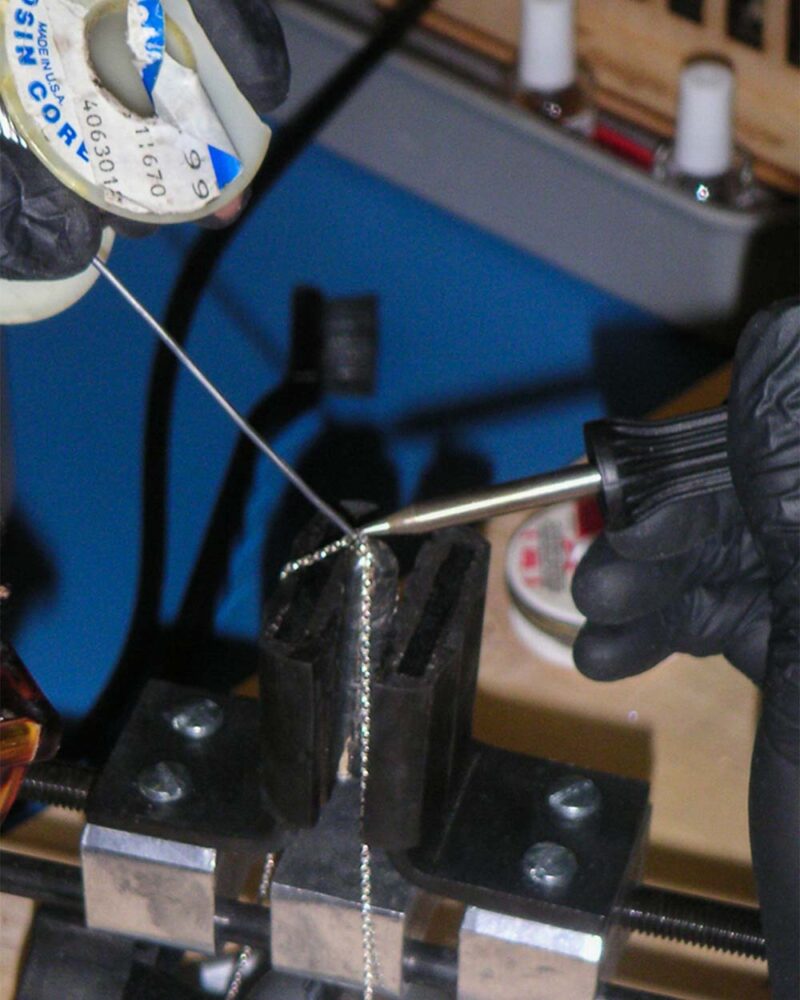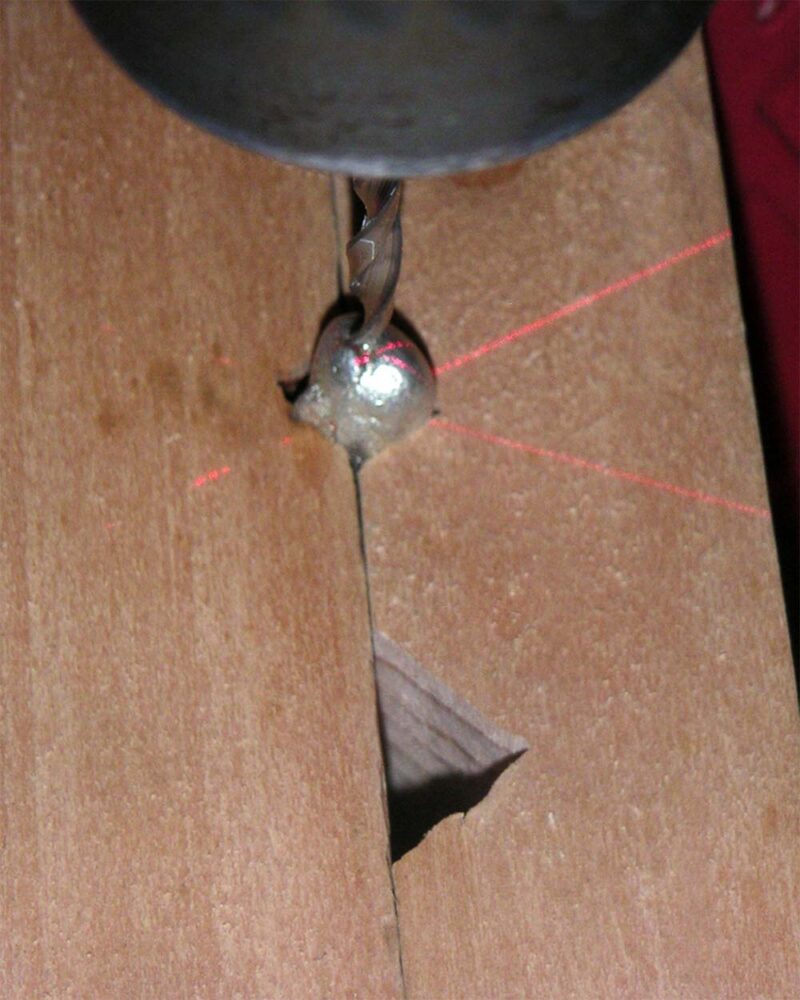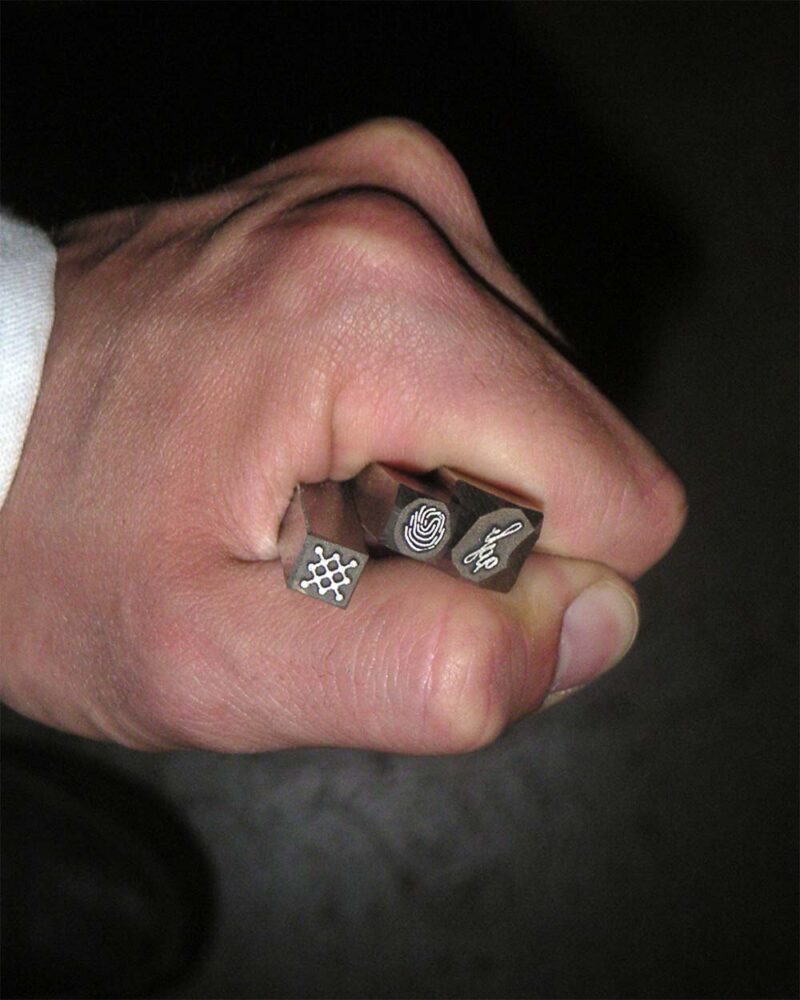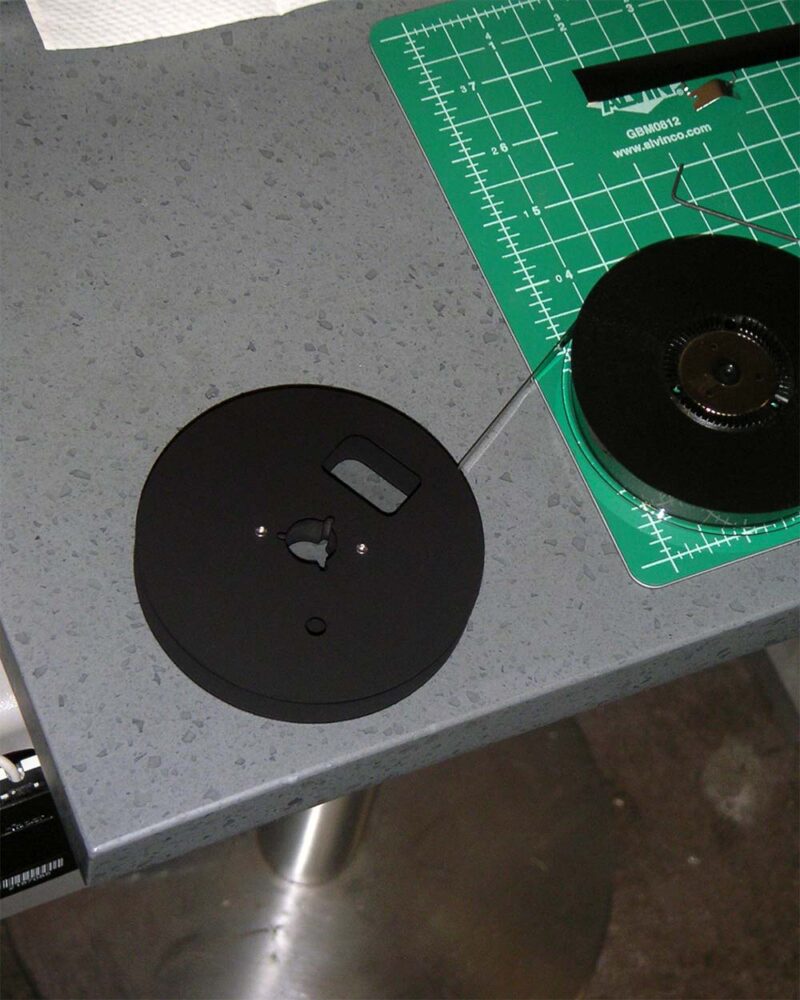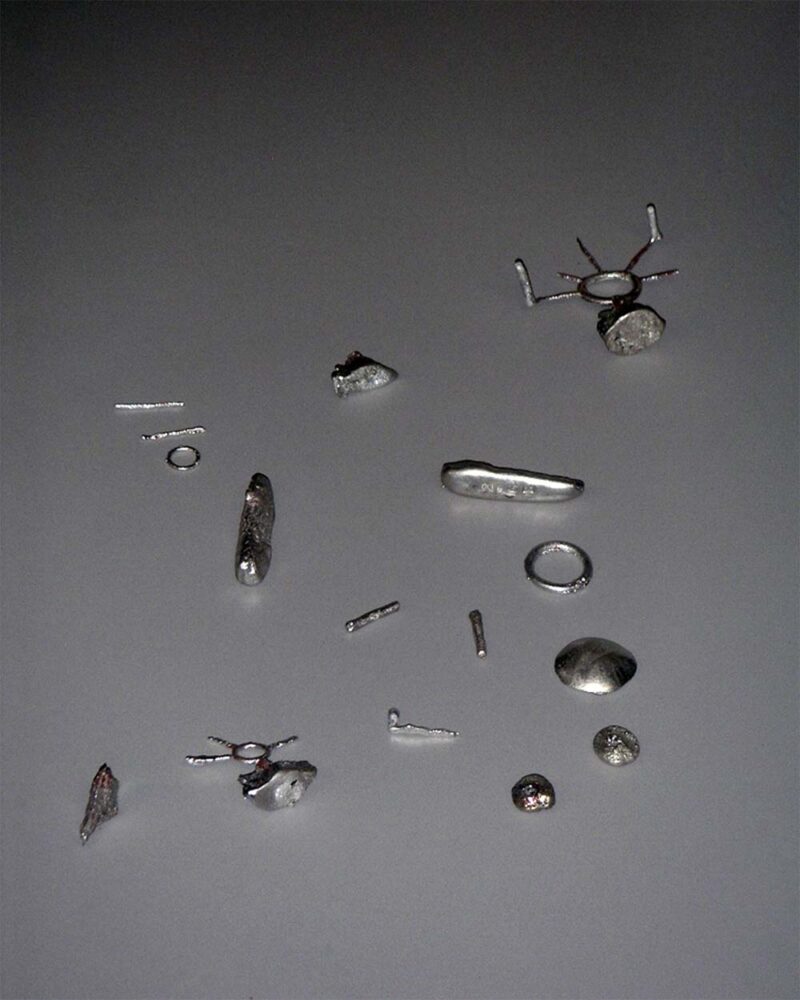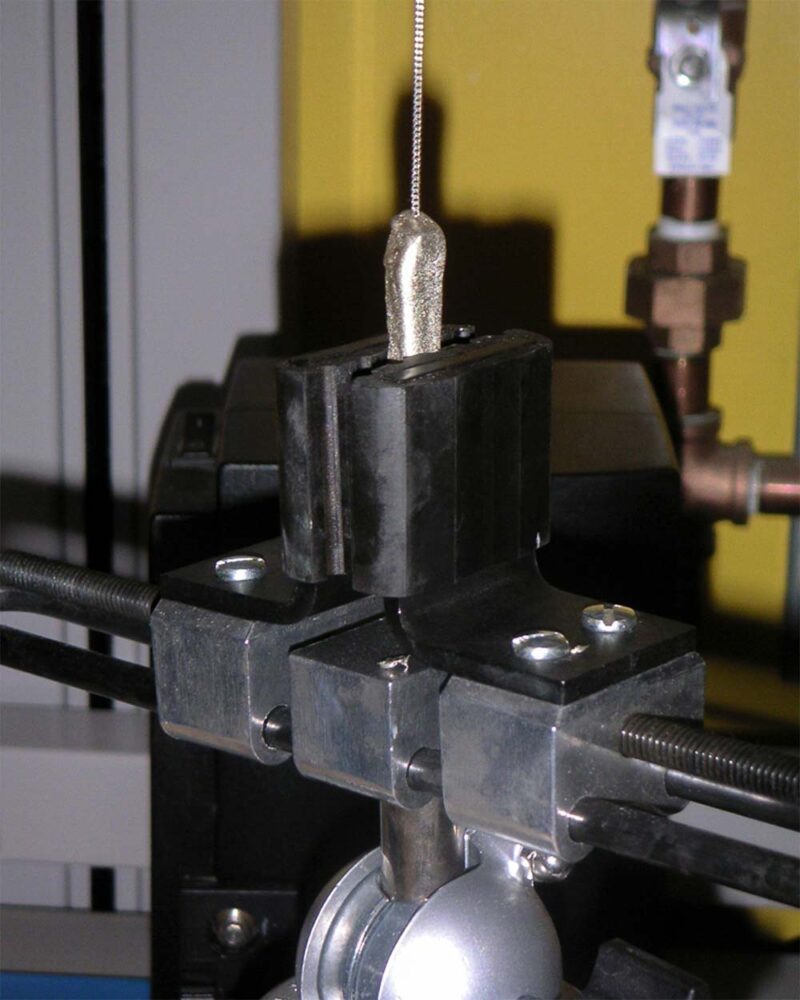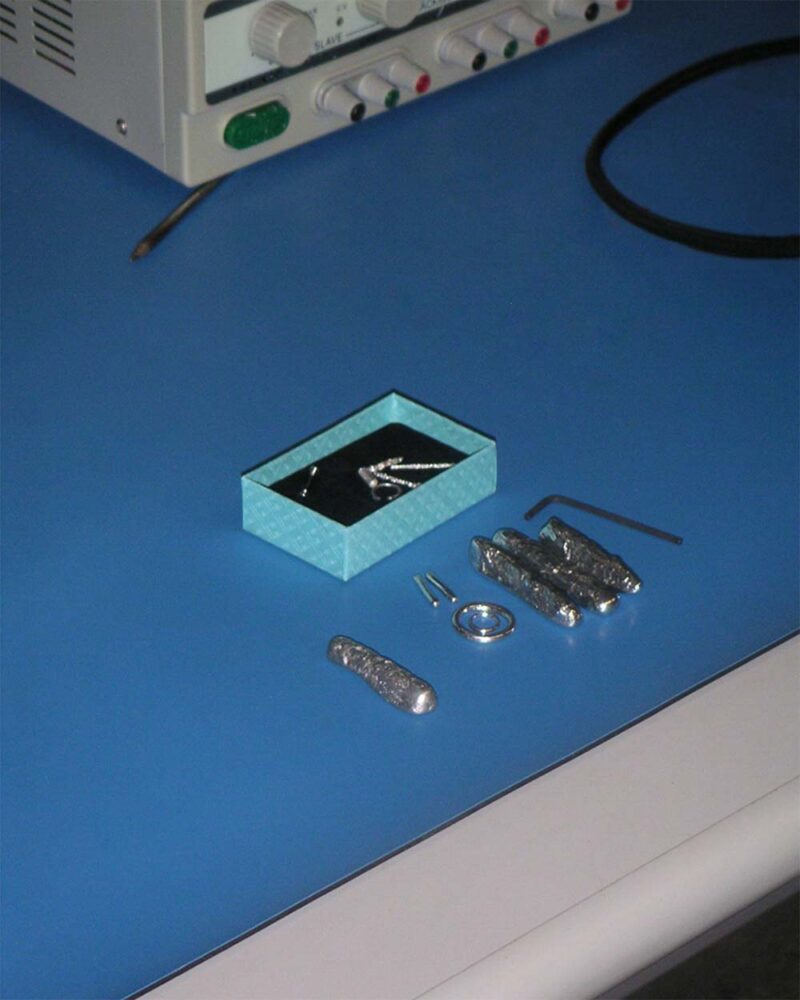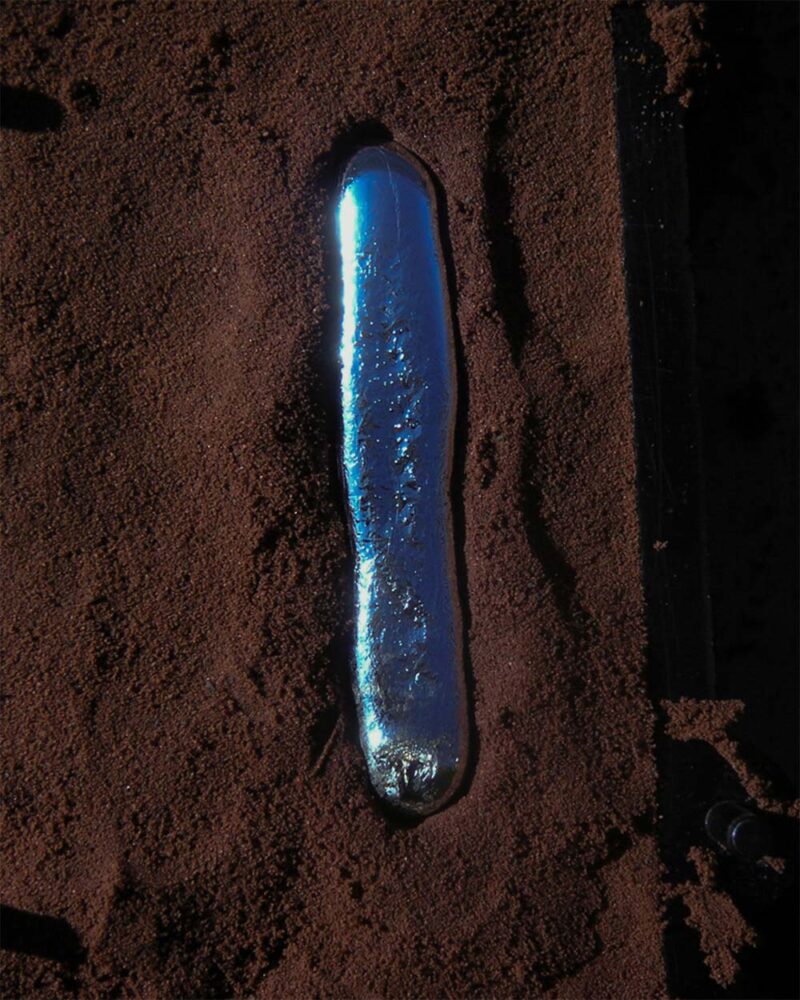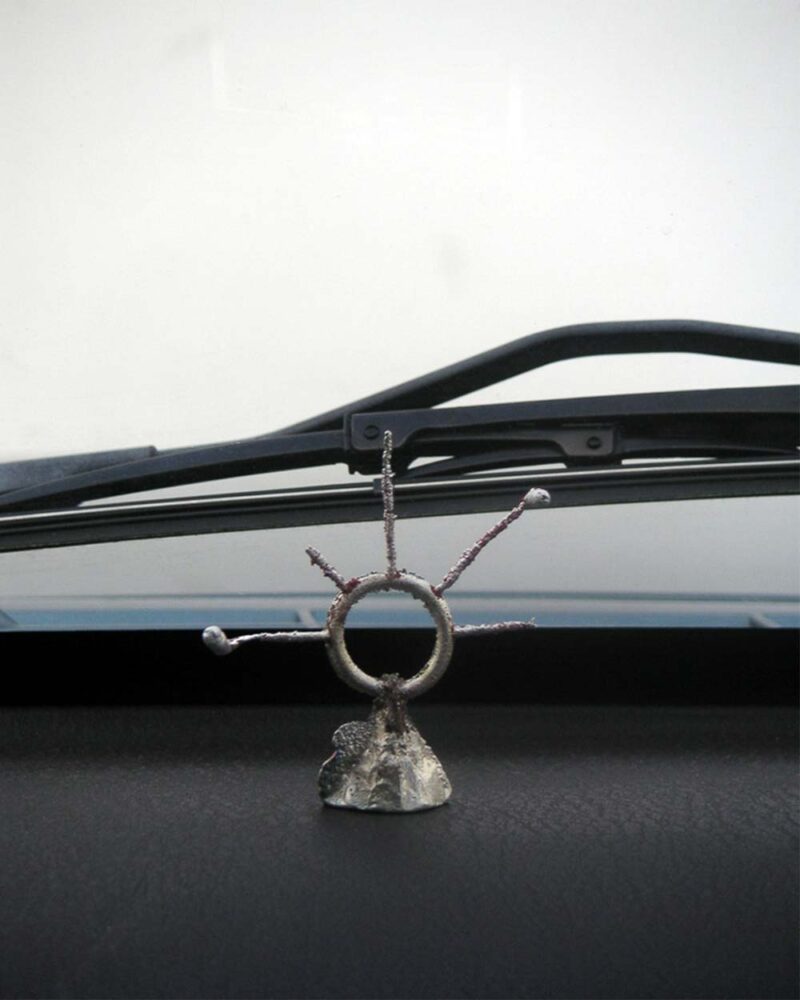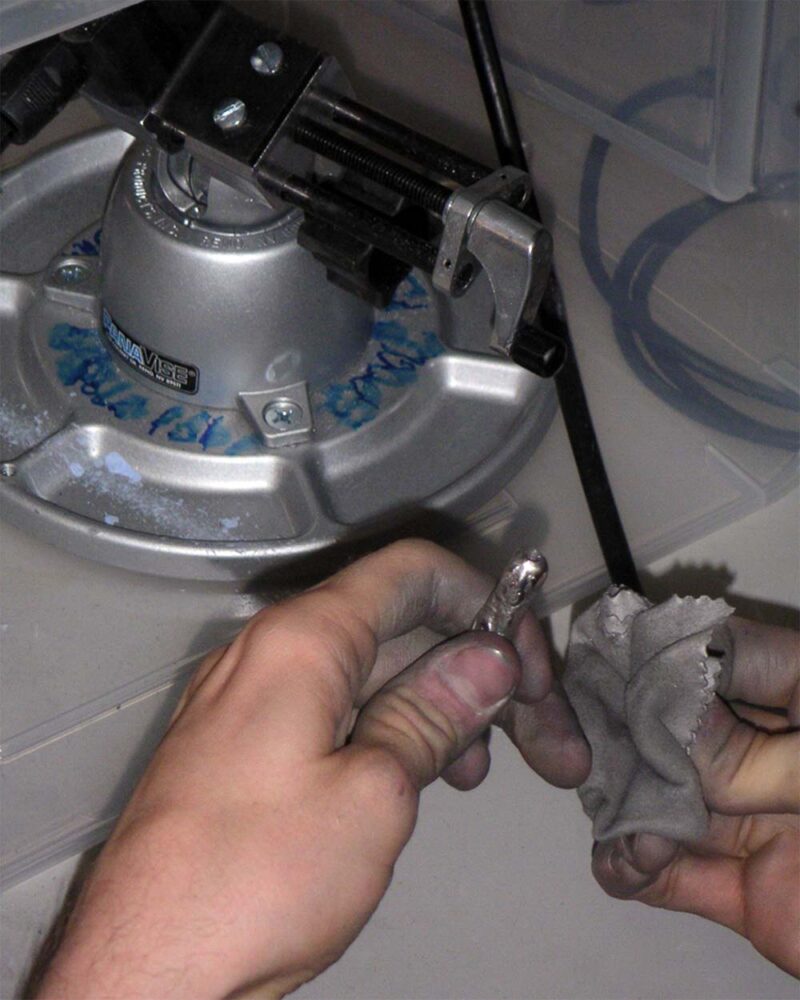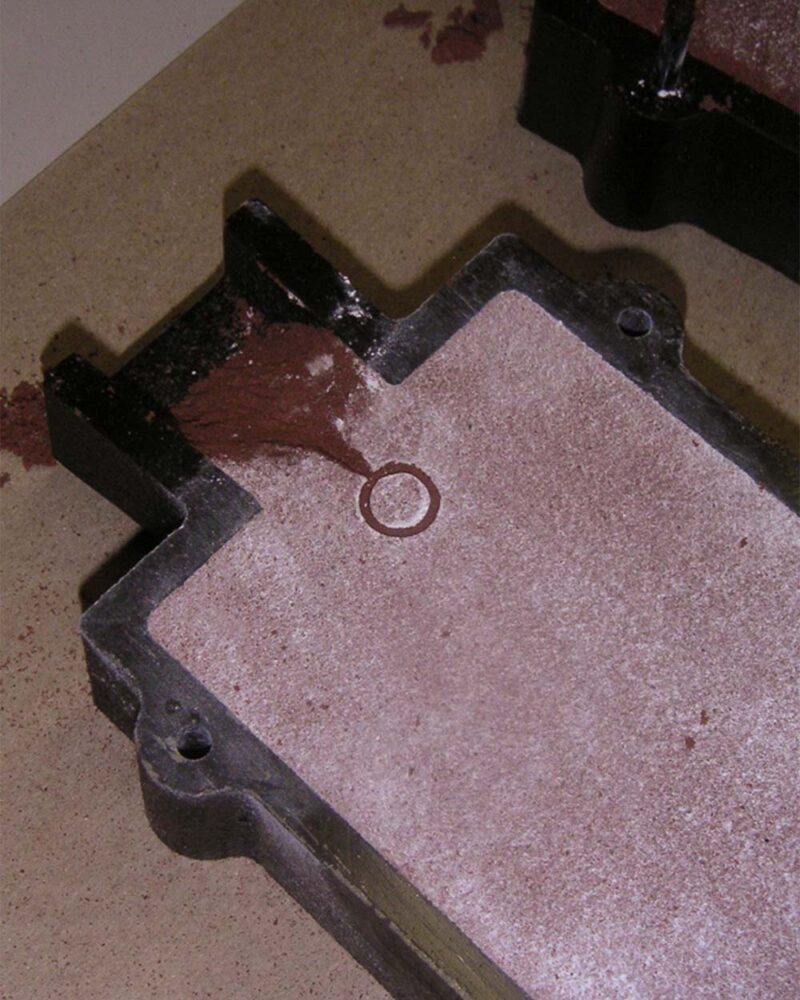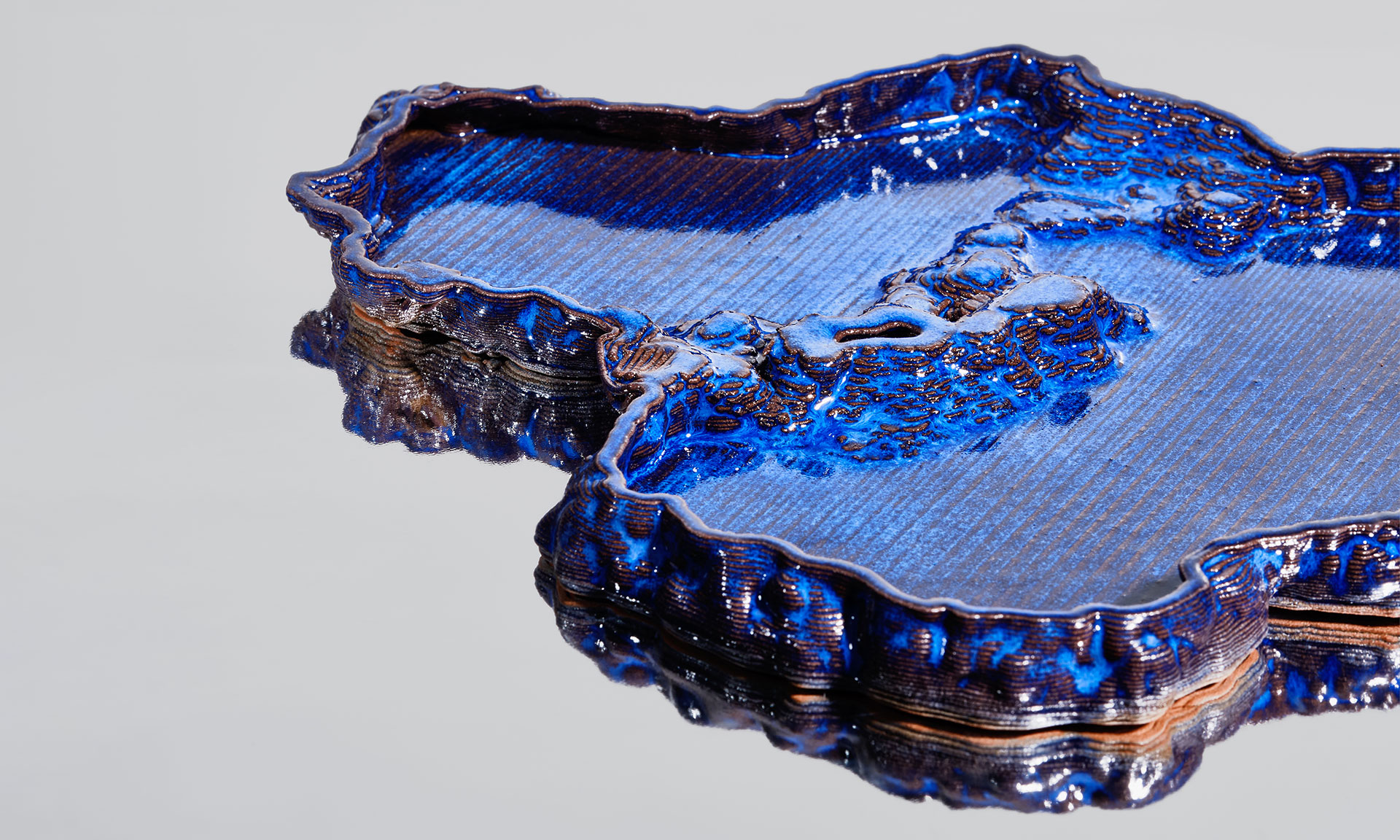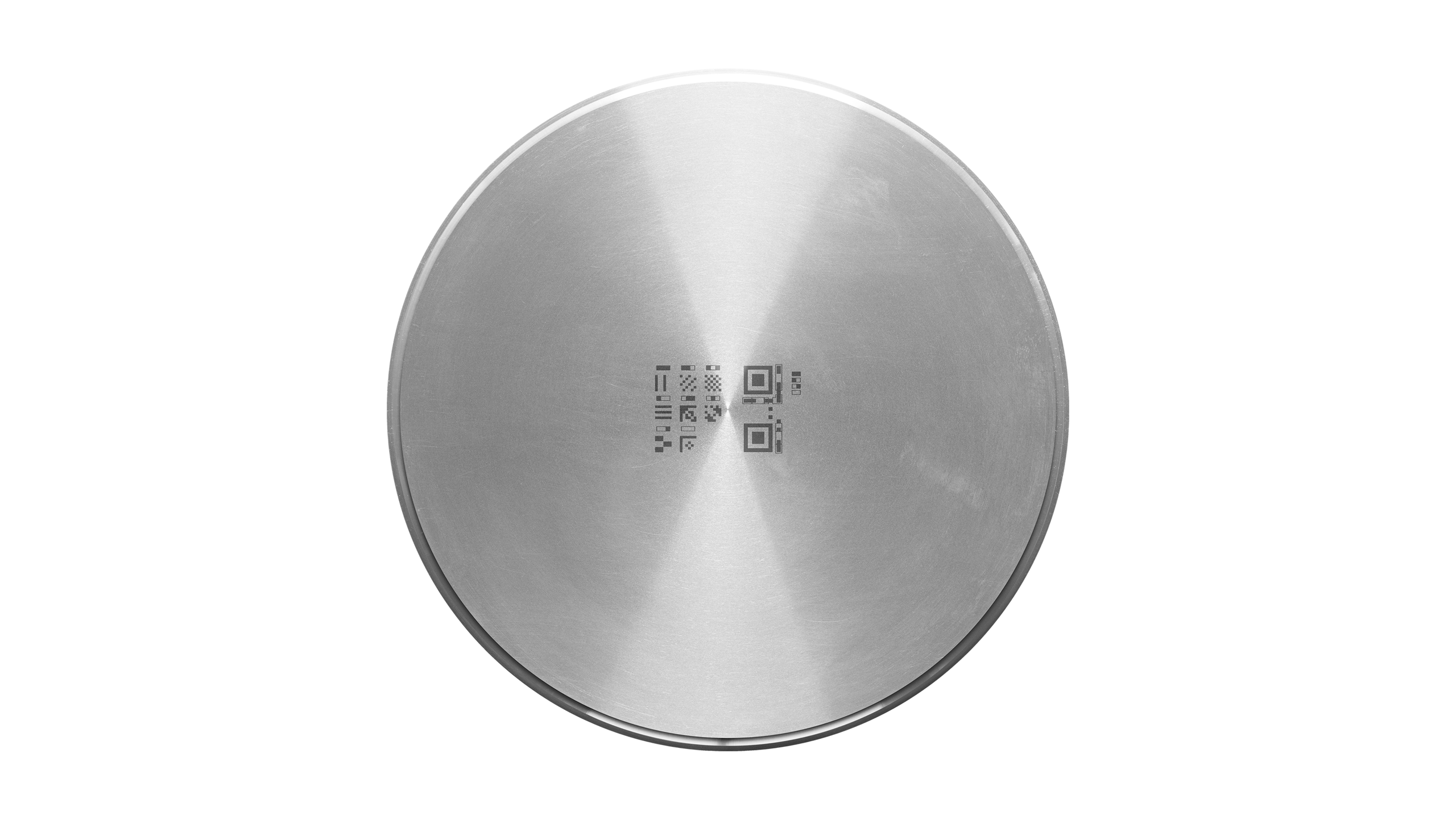
We entrust our most intimate memories to the cloud, yet we probably will outlive our storage providers. Modem teamed up with industrial designers HB-AS to design a range of storage devices that secure personal memories in the form of photos, videos and documents for generations to come. Heirloom Hardware offers a tangible alternative to transient cloud services.
How long can a family memory last? Some of us can trace our genealogy back through wars, plagues, and great migrations; others are orphans in time, with only fragments to remind them of where they came from. A story is a family’s signal through history. To preserve its integrity, each successive generation must be able to keep the noise at bay—no easy feat, in a noisy world. It helps to focus on an heirloom: a pocket watch, a lock of hair, a yellowing photograph. By encoding these objects with meaning and handing them down to our children, our memories are stewarded across the centuries. But even then, a lasting memory is no certainty.
It’s tempting to believe that present-day generations will have better luck preserving our memories than our parents and grandparents did. After all, devices in our pockets track our every movement, purchase, and whim. This data, combined with the digital identity we’ve been creating since our first forays onto the Web, is distributed across the servers of big technology companies. The cheap abundance of available cloud storage has turned us into “data hoarders;” with little effort, we can call up decades-old emails, adolescent blog and forum posts, and blurry pre-smartphone snaps, forming a thorough (and often embarrassing) archive of our lives. We have lost any sense of the true cost of data storage; it has always been free to upload all the mundane details of our lives to the cloud, because we have always been the product.
But this archive, as revealing as it is, will not outlast us. According to a recent McKinsey estimate, 75% of companies currently listed in the Standard & Poor’s 500 will have disappeared by 2027, victims of corporate restructuring, mergers, and bankruptcies. It’s almost certain that among those disappearances will be a company, or several, in the business of providing cloud storage. We’ve already seen it happen: when Flickr’s new owners, in 2019, announced a massive purge of user photos, sending a generation of users into a panic, when Amazon sunsetted Amazon Drive after only 11 years of service, or when Yahoo! removed millions of homespun Geocities websites from the Web in 2009. To avoid losing photos, documents, and other personal data in corporate upheavals like these, archivists suggest following the “3, 2, 1” rule. That is, keep three copies of everything—two in the cloud, and one at home. Hard drives may not last forever, but cloud storage is even more precarious, victim to the vagaries of big business, buggy software, malicious intrusion, and the increasingly unsustainable energy demands of powering and cooling massive servers.
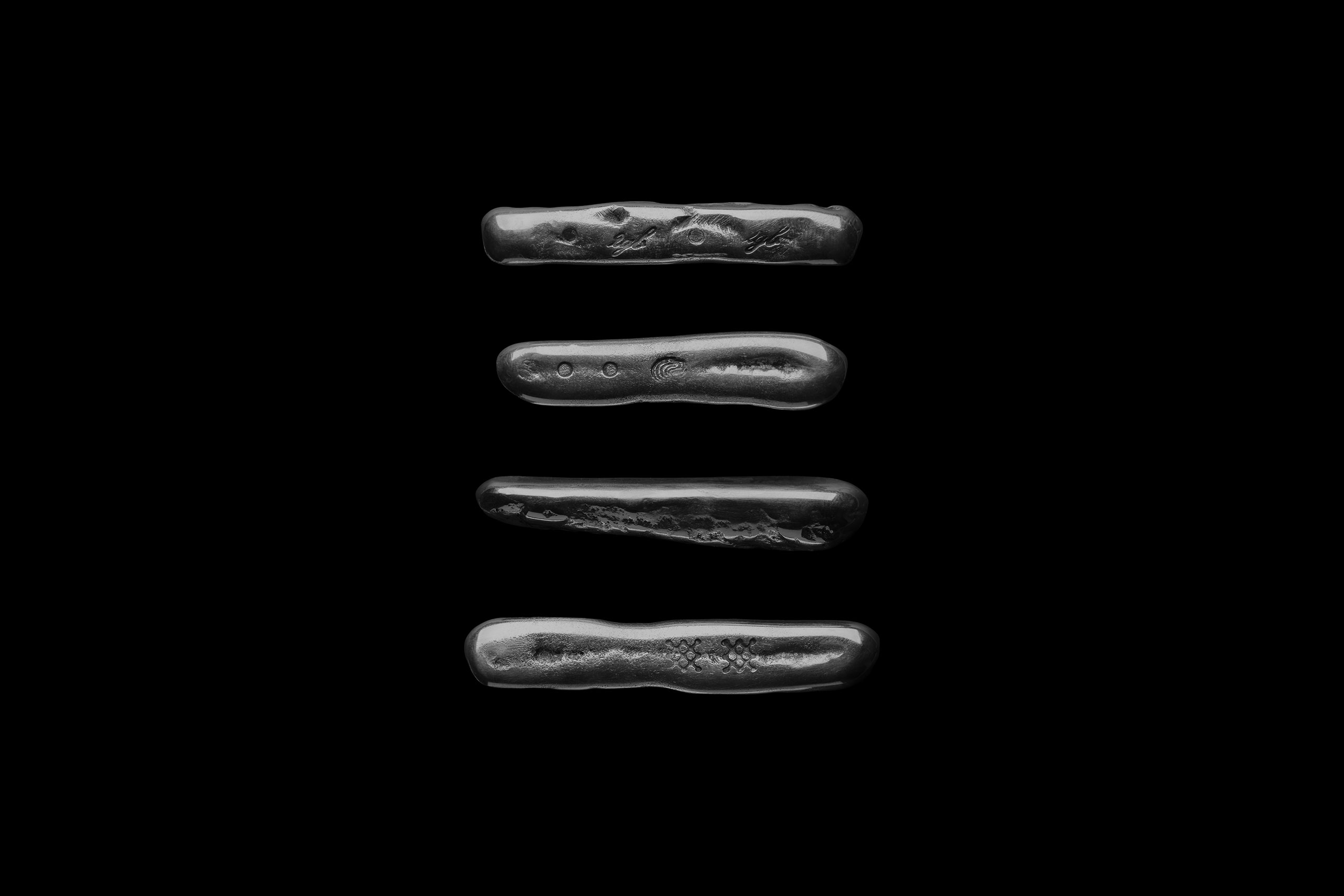
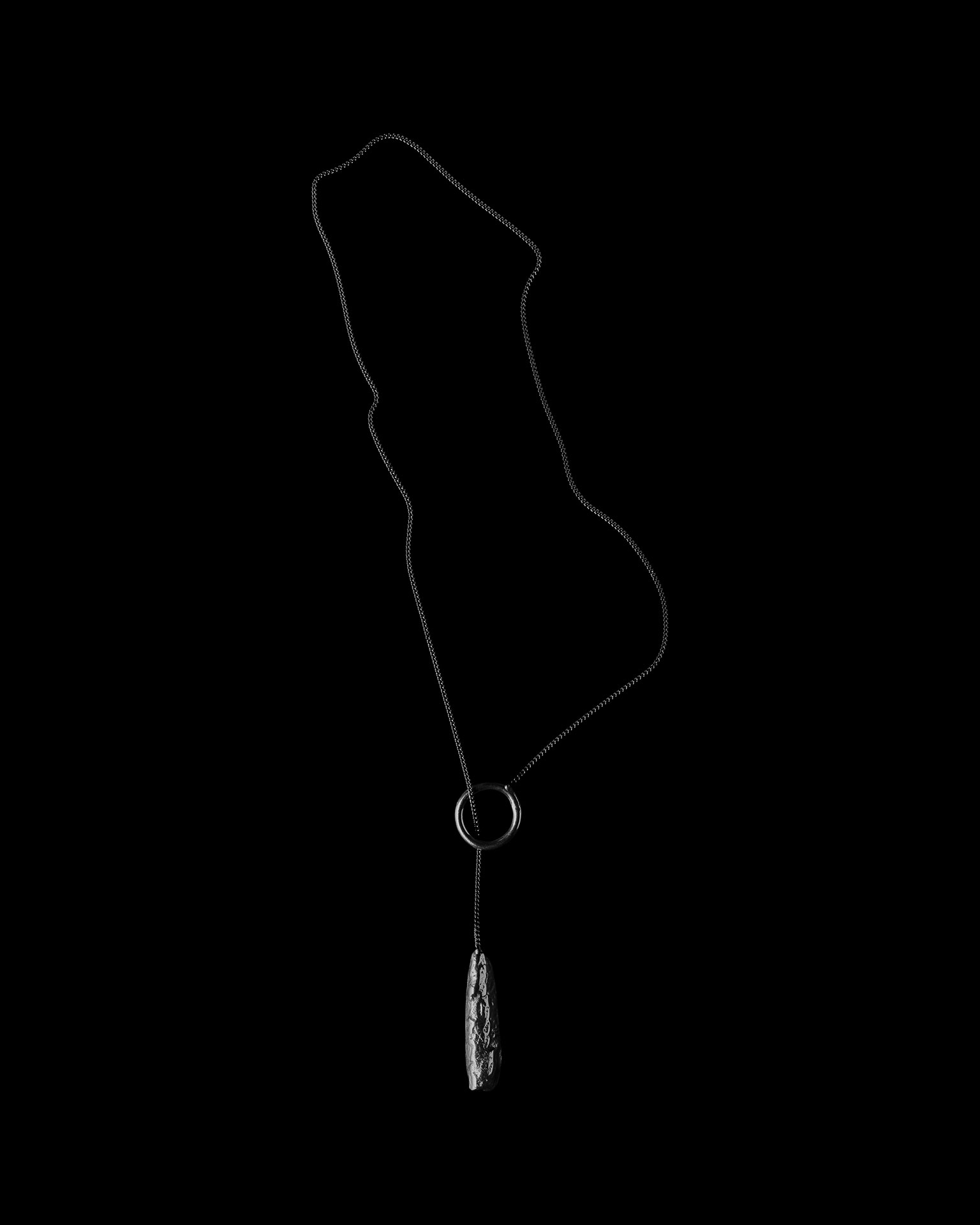
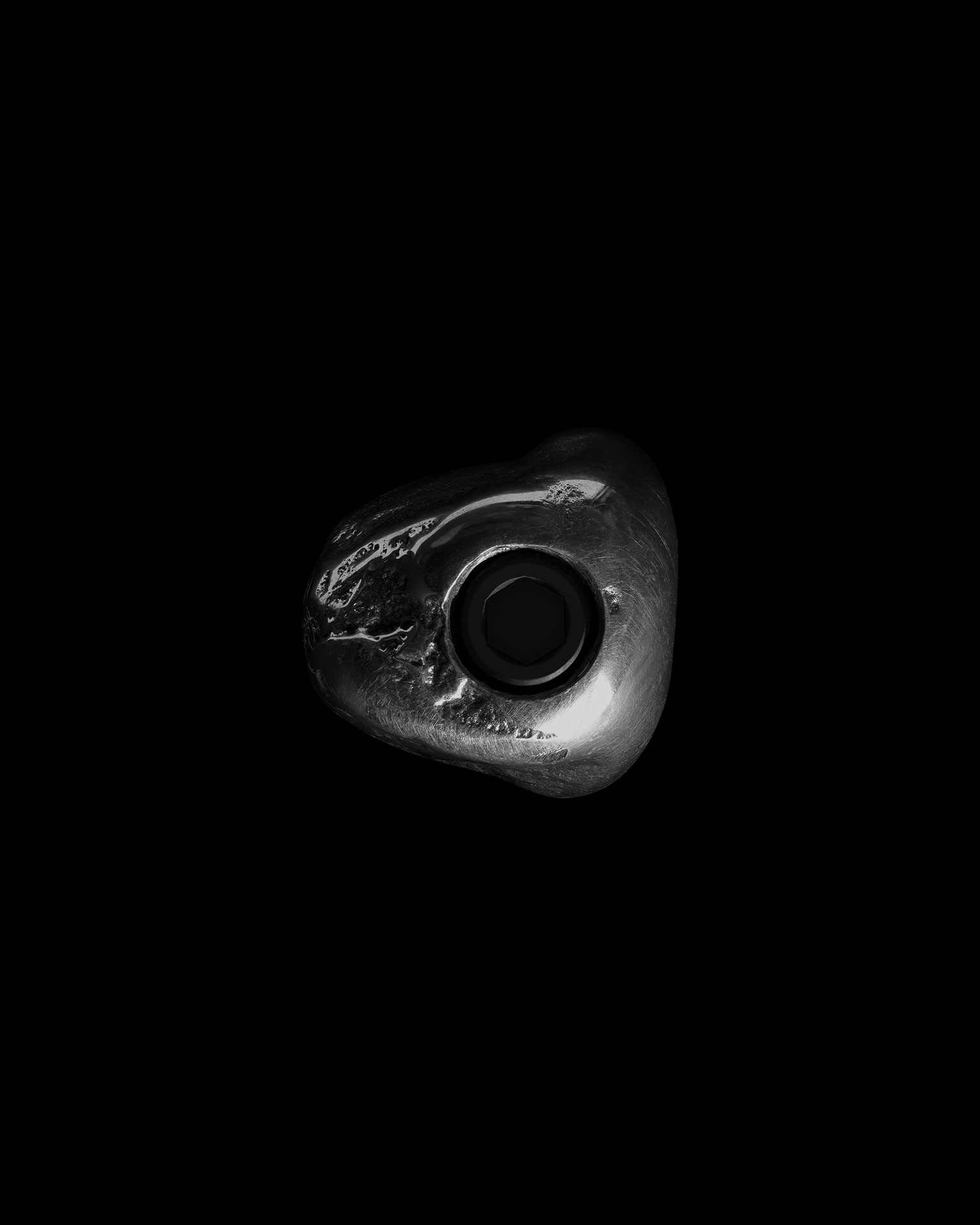
COLD STORAGE
For this reason, and because 60-80% of all data stored is accessed infrequently enough to be classified as archival, or “cold,” most cloud servers are backed up regularly on magnetic tape. Although slower to access than hard disks, tape has been doubling in storage capacity by 33 percent per year since the days of the old IBM systems—an analog version of Moore’s law that shows no signs of slowing. Since many businesses are now generating data faster than they can analyze it, we are entering what industry analysts call the “zettabyte era,” in which storage requirements edge into the exascale. In this era, tape may play an essential role in maintaining the integrity of records and keeping energy consumption in check. A single robotic tape library can contain up to 278 petabytes of data, and by virtue of its physical nature, is both securely “air-gapped” and requires minimal power to maintain. The tapes simply sit on a shelf, waiting. But physical storage, too, is imperfect. Professional archivists are well-accustomed to the Sisyphean task of salvaging data from floppy disks, hard drives, DVDs, CD-ROMs, VHS and Beta cassettes, zip and tape drives, as they transfer fragments of culture from one decaying media to the next. As technology evolves, our capacity to play back data stored in old media decreases.
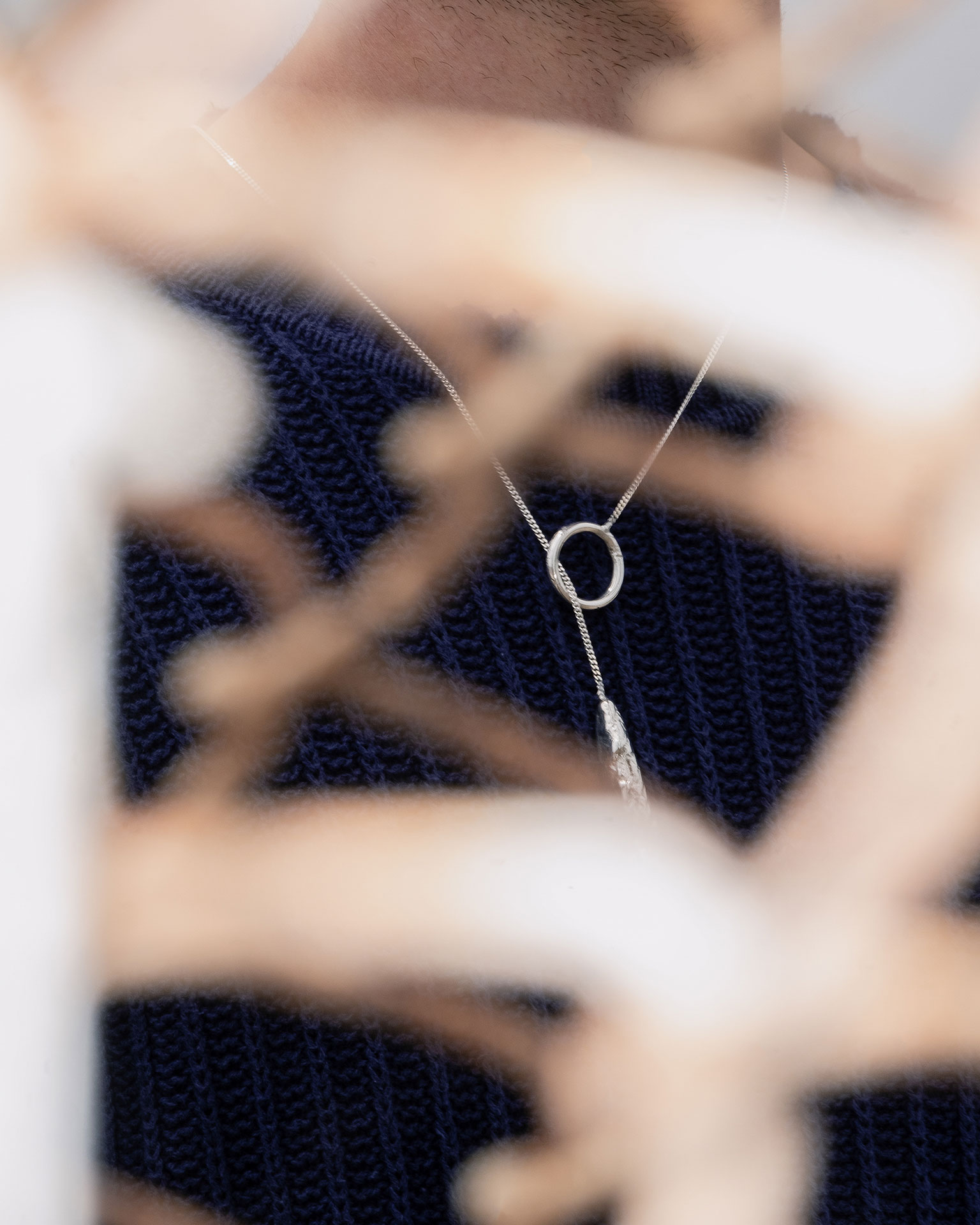

How, then, can we ensure that our stories survive the generations? It is one thing to preserve the form of a memory—be it a family heirloom or a hard drive—and another to preserve its meaning. Meaning requires context, a second layer of information to bring the memory back to life. In the case of archival storage, that means maintaining the technology to read and play back data, as well as providing legible instructions for future generations to interpret the information that it reveals. In conceiving new approaches to heirloom-quality data storage, we might do well to take inspiration from historic attempts to defy time and transmit important information across centuries—and even millennia. The astronomer and science communicator Carl Sagan was involved with several. In the early 1970s, a very small satellite called LAGEOS (Laser Geodynamic Satellite) was launched into a high circular orbit above the Earth. Its estimated lifetime is eight million years. In order to make the purpose of the satellite legible to distant generations of Earthlings, Sagan designed a small metal plaque bearing three illustrations of Earth’s continents: a few hundred million years ago, in the present-day, and eight million years into the future. With this “greeting card to our remote descendants,” Sagan conveyed both the purpose of the spacecraft—to measure continental drift—and our species’ awareness of its place in deep time.
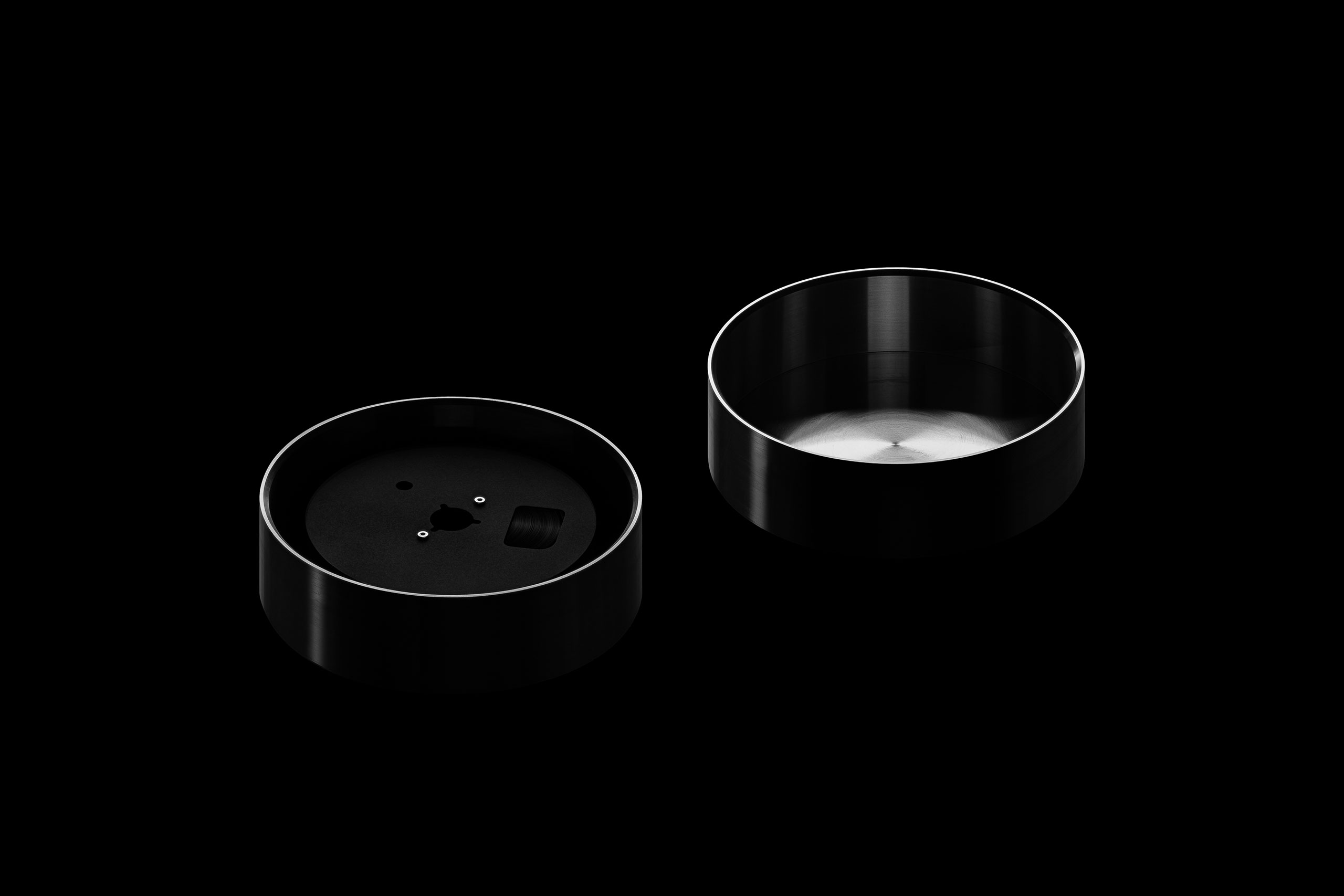
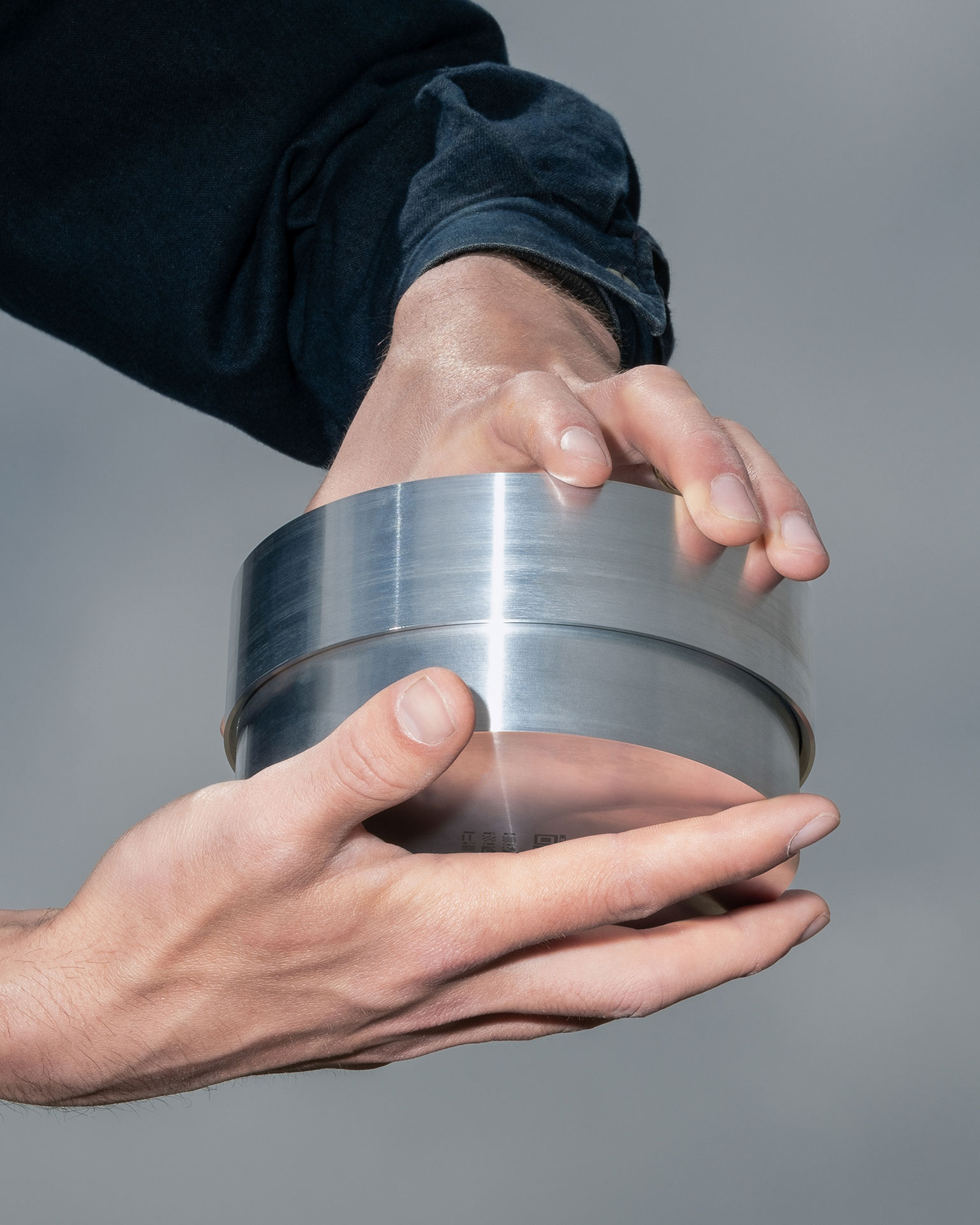
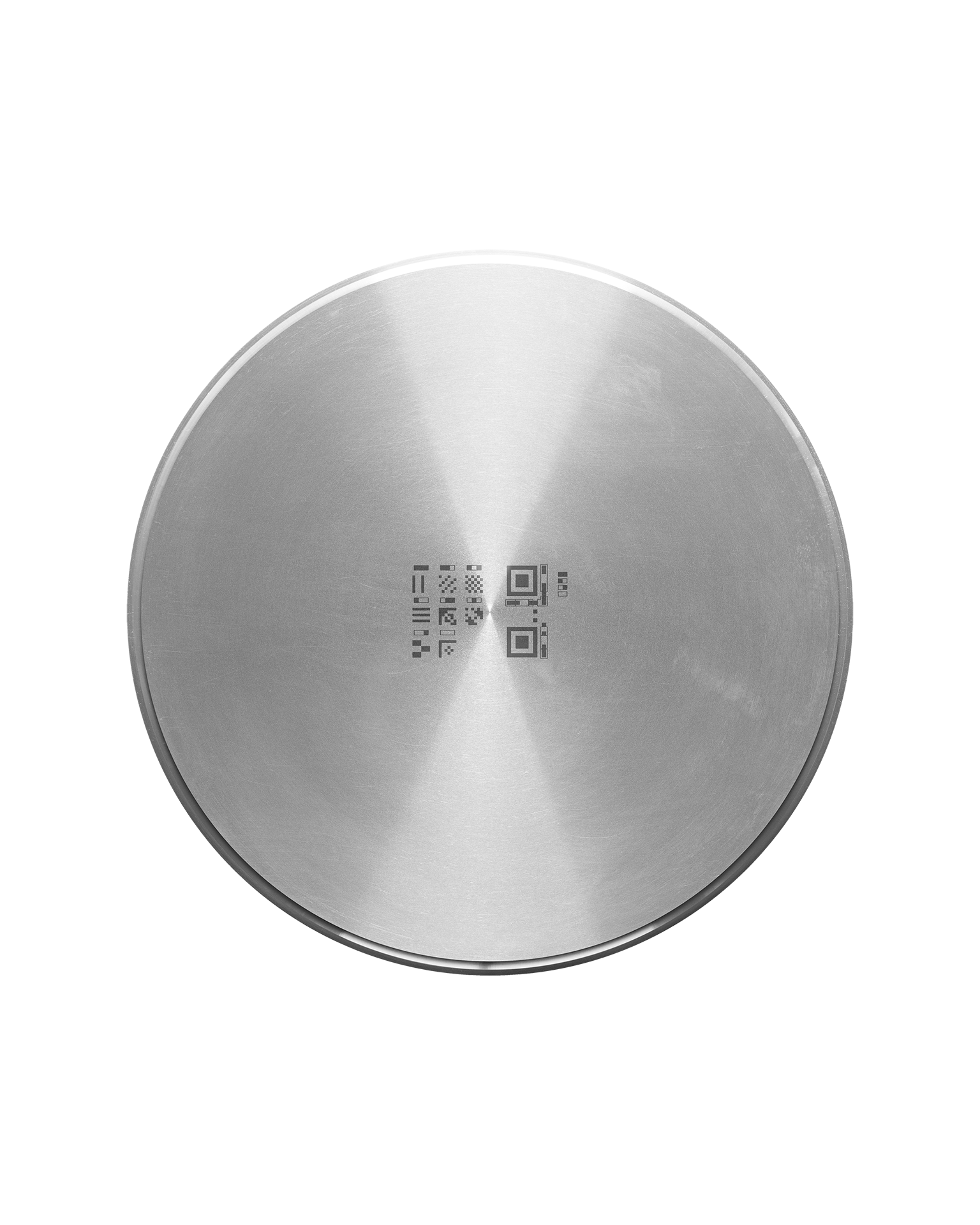
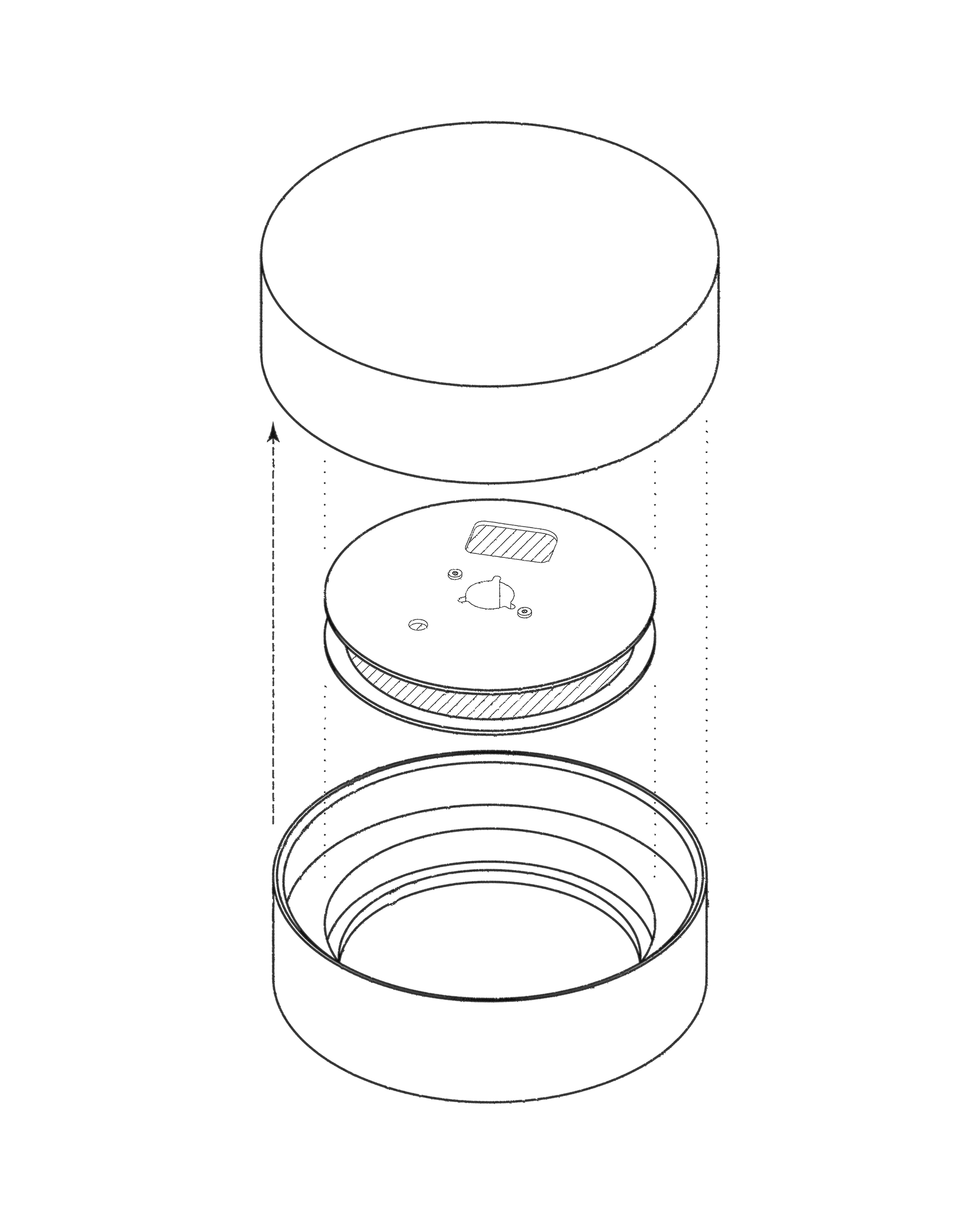
This relatively simple project was followed by the launch of the Voyager spacecraft, a pair of robotic interstellar probes slingshotted into interstellar space on the gravity of some fortuitously-aligned planets in the fall of 1977. Each probe carries a gold-plated copper disc containing 116 images and a wide variety of Earth sounds, from recordings of spoken greetings in a variety of languages to whale songs, Bach concertos, Javanese gamelan and Mariachi music. Although largely symbolic —the odds of the Voyager probes being discovered by an extraterrestrial civilization as it travels across deep space are vanishingly improbable— the Voyager Golden Records are a master class in time-capsule-creation, compressing an enormous amount of information, spanning science, culture, and human physiology, into a single object. It even contains a universal clock: an ultra-pure sample of Uranium-238 isotope, with a half-life of nearly 5 billion years. By measuring the Uranium’s decay, a scientifically-literate alien civilization might be able to learn the age of the record with a high degree of accuracy. If everything goes well, the Voyager Golden Records, safe in their radiation-proof aluminum sleeves, should last 5 billion years. By then, of course, human civilization may well have come and gone.
In the meantime, we have our own long-term storage needs. And although gold-plated copper, wrapped in aluminum and Uranium, might hold up to the depths of space, back on Earth, film should serve us just fine. Like magnetic tape, film is an offline medium, and hence safe from cyberattack, electromagnetic radiation, server failure, and bit rot. A Norwegian company called Piql (as in to “pickle,” or preserve) produces an archival silver film, purported to last 1,000 years; the accompanying magnifying reader is intuitive enough to be understood by future generations. In 2020, GitHub used Piql’s process to encode 21 Terabytes of public open-source data on film; the company buried this archive, featuring some of the world’s most-used code, alongside data from the national archives of various countries, the Vatican Library, and the European Space Agency in a decommissioned coal mine down the road from Sweden’s remote Svalbard Global Seed Vault. This “Arctic World Archive” is open to anyone interested in adding their data to the “repository for World Memory”—ironically, all you have to do to begin the process is upload your memories to a secure cloud server.
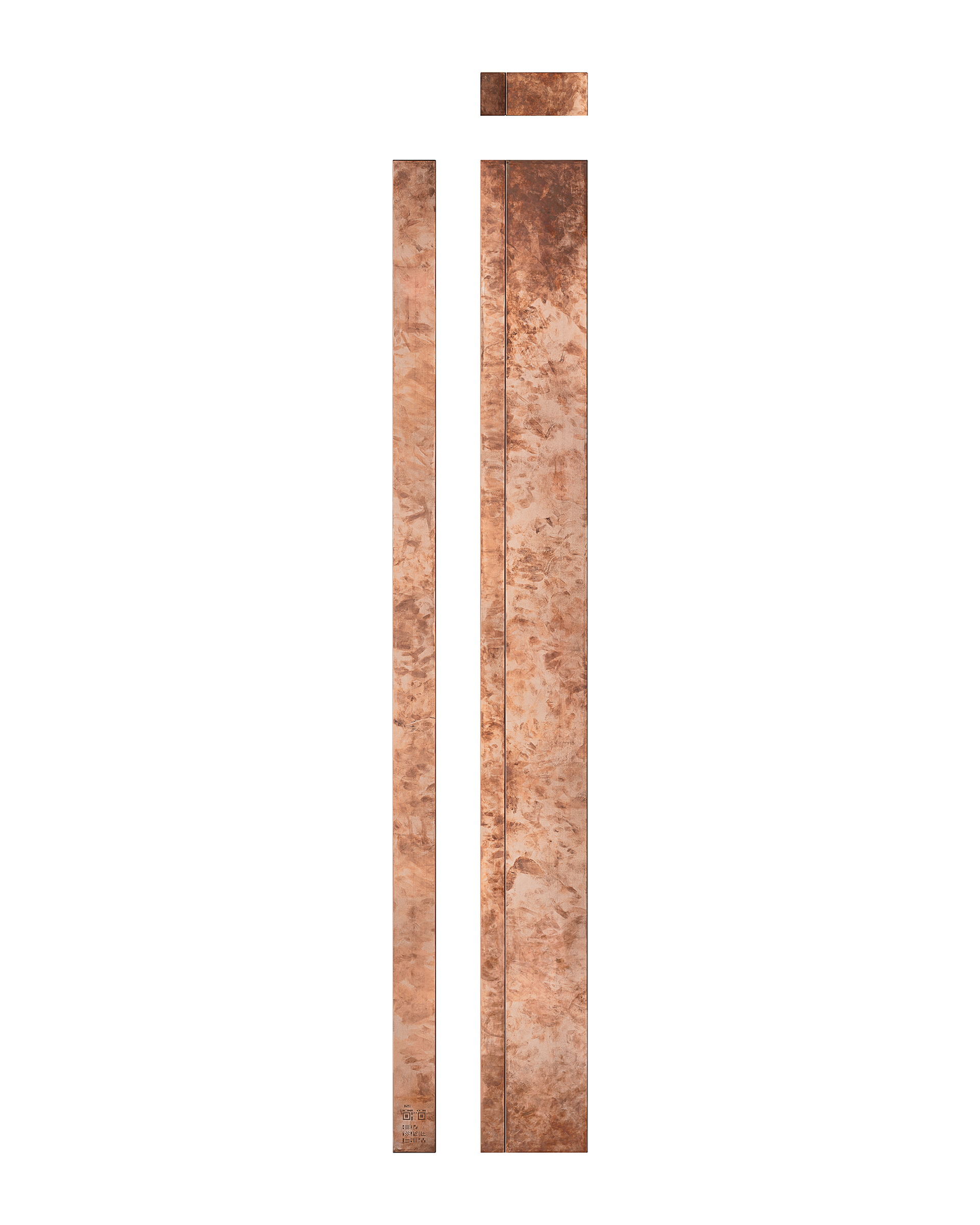
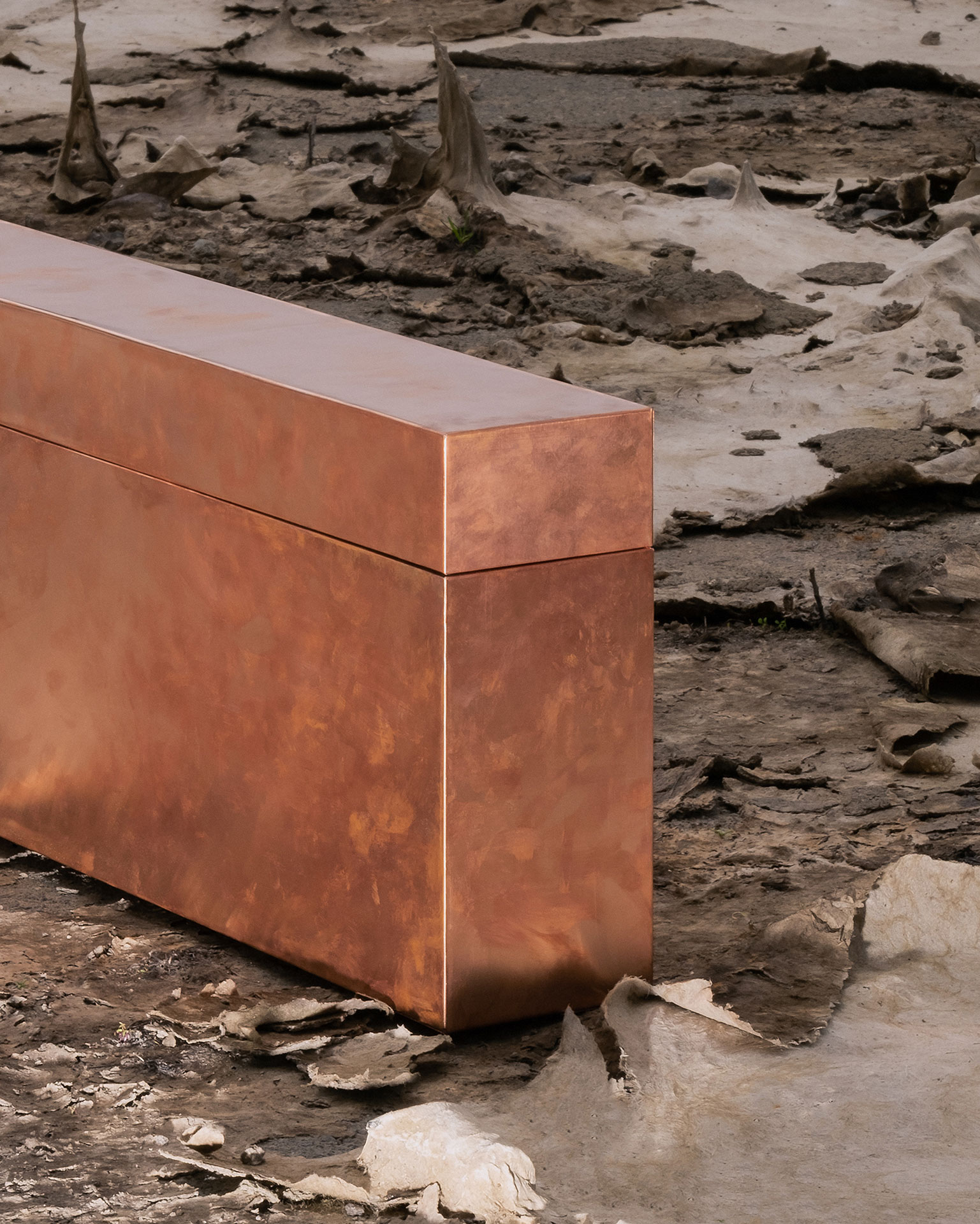

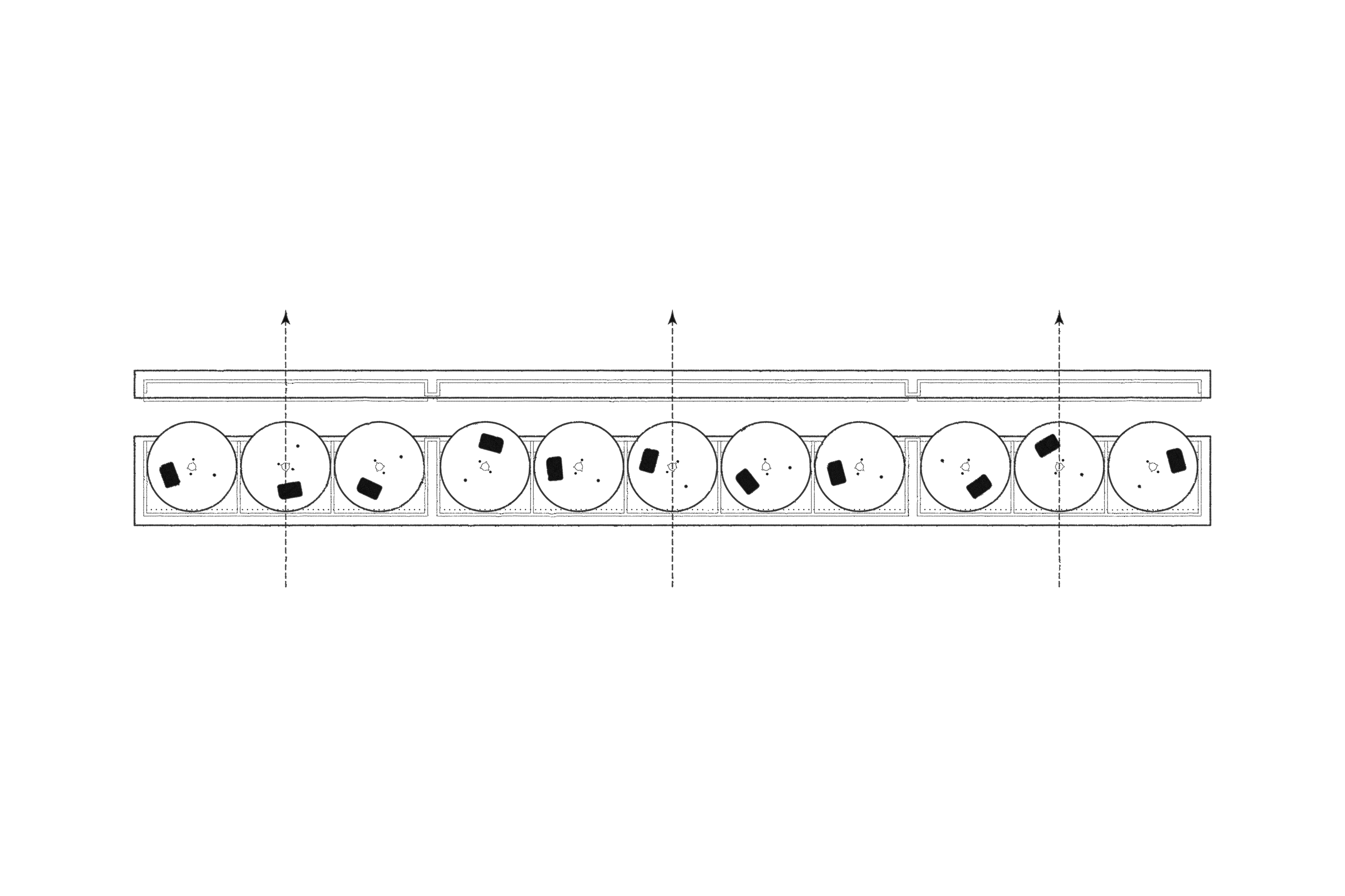
REIMAGINING THE HEIRLOOM
An heirloom is an object preserved by an act of dedicated safekeeping. And although its meaning can be kept alive through stories and rituals, our stories often degrade over time—or worse, are forgotten. But what if it were possible to bind objects irrevocably to their associated stories? To take advantage of the human tendency to hang onto sentimental objects in order to preserve our stories, protect our data, and prolong our memories through generations, without degradation? This is the premise of Heirloom Hardware, which reimagines the family heirloom as a storage system whose built-in longevity challenges the illusory permanence of the cloud.
The Heirloom Hardware system stores data using archival silver-based film, a format whose long history in photography makes it a natural fit for a project about memory. Today’s upgraded silver film can display high-resolution images, text, and data in binary code: all the family secrets, complete with the context to understand them. Depending on the nature of the data being stored, these records can take several forms. At the scale of the personal, they slide discreetly into lockets, worn close to the body and passed down as an heirloom along a line of individuals. At the scale of the family, the data is kept in a familial canister, to be consulted like a photo album or a jewelry box. And finally, at the scale of the community, the repository takes its largest form, an elongated vault marked with the traces of communal activity—a tactile representation of the many hands it takes to carry a memory through time.
